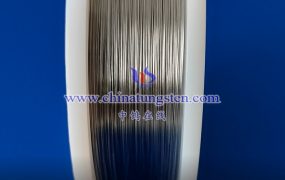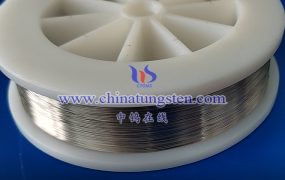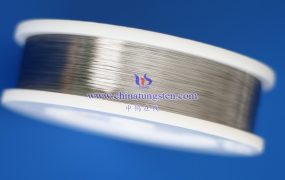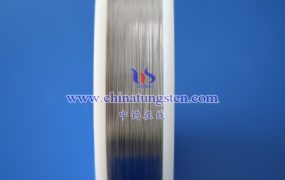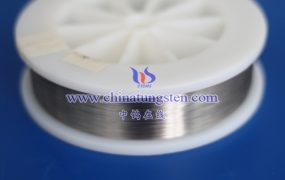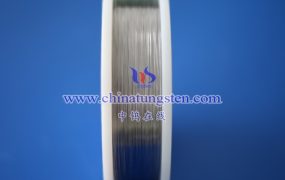Tungsten wire may encounter a variety of problems during use, which are mainly due to the physical properties, chemical stability and working environment of tungsten wire. The following is a detailed analysis of the problems that may be encountered during the use of tungsten wire:
- Physical damage and fracture
Insufficient toughness:
The material hardness of tungsten wire is very high, but the toughness is relatively poor, and it is easy to break.
During use, if it is affected by external forces such as impact or vibration, it is easy to break, affecting the normal operation of electronic equipment or lighting industry.
Thermal stress:
During the heating and cooling process, tungsten wire will produce thermal stress due to the principle of thermal expansion and contraction.
Long-term thermal stress may cause tiny cracks or deformation of tungsten wire, which in turn affects its service life and performance.
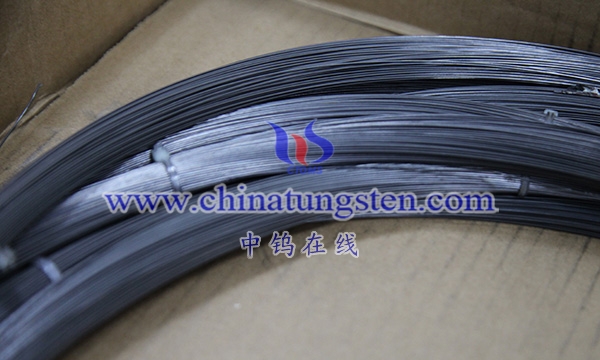
- Chemical stability problem
Oxidation:
Tungsten wire easily reacts with oxygen in the air at high temperature to form an oxide film.
The presence of oxide film will affect the conductivity and life of tungsten wire, leading to problems such as increased resistance and decreased luminous efficiency.
Corrosion:
In certain working environments, such as those with corrosive gases or liquids, tungsten wire may be corroded.
Corrosion can cause problems such as rough surface and uneven thickness of tungsten wire, which in turn affects its conductivity and mechanical strength.
- Sintering and adhesion
High temperature sintering:
In high temperature environments, tungsten wires tend to form a whole, resulting in changes in resistance values.
Sintering can affect the performance of electronic devices and even cause equipment failure.
Adhesion problem:
In some cases, tungsten wires may adhere to other materials (such as glass or metal parts in a bulb).
Adhesion can cause the tungsten wire to not work properly or even damage the entire bulb.
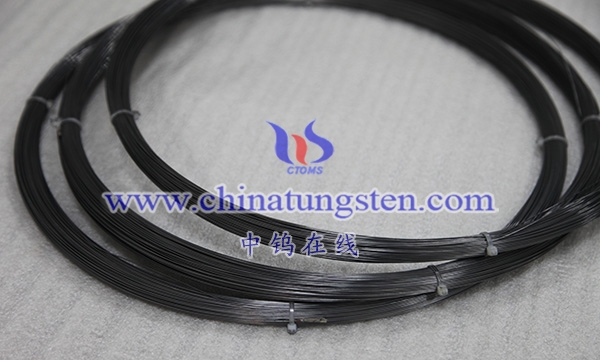
- Working environment and operation problems
The working environment temperature is too high:
If the working environment temperature is too high, it will accelerate the sublimation and aging process of the tungsten wire.
High temperature will also increase the interaction between the tungsten wire and other materials, increasing the risk of sintering and adhesion.
Unstable voltage:
The unstable voltage will cause the current on the tungsten wire to fluctuate, which will affect its heat generation and luminous efficiency.
Long-term voltage instability will accelerate the aging and damage of the tungsten wire.
Improper operation:
When using tungsten filament, if it is improperly operated (such as frequent switching, excessive use, etc.), it will accelerate its aging and damage process.
More details of tungsten wires, please visit website: http://tungsten.com.cn/tungsten-wires.html
Please contact CHINATUNGSTEN for inquiry and order of tungsten needles:
Email: sales@chinatungsten.com
Tel.: +86 592 5129595
